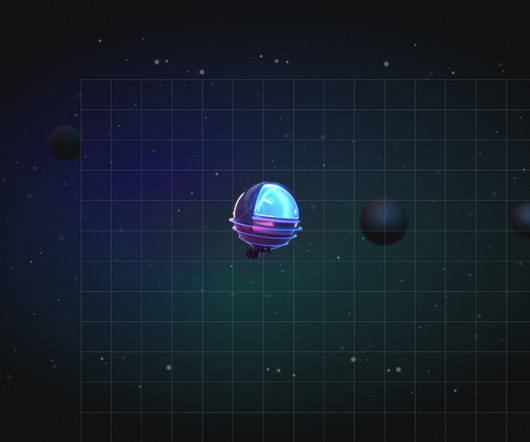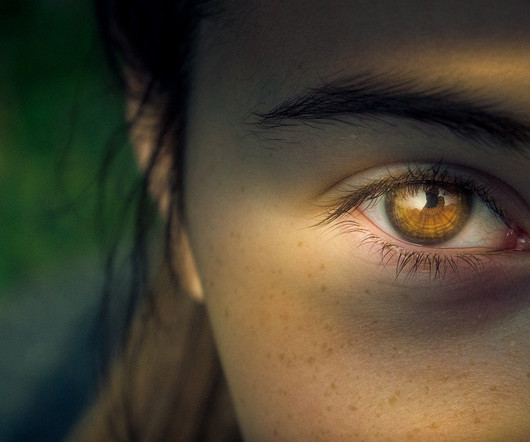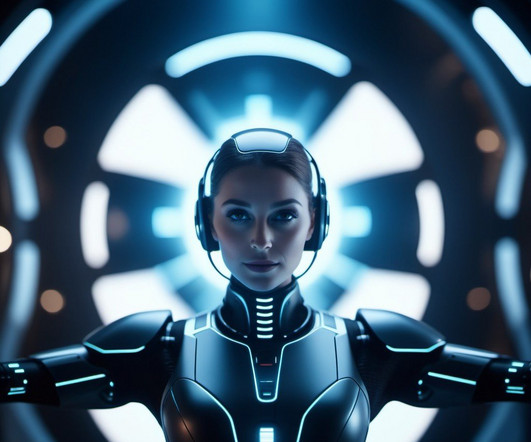Continual Learning: Methods and Application
The MLOps Blog
FEBRUARY 22, 2024
TL;DR: In many machine-learning projects, the model has to frequently be retrained to adapt to changing data or to personalize it. Continual learning is a set of approaches to train machine learning models incrementally, using data samples only once as they arrive. What is continual learning?












Let's personalize your content